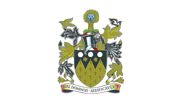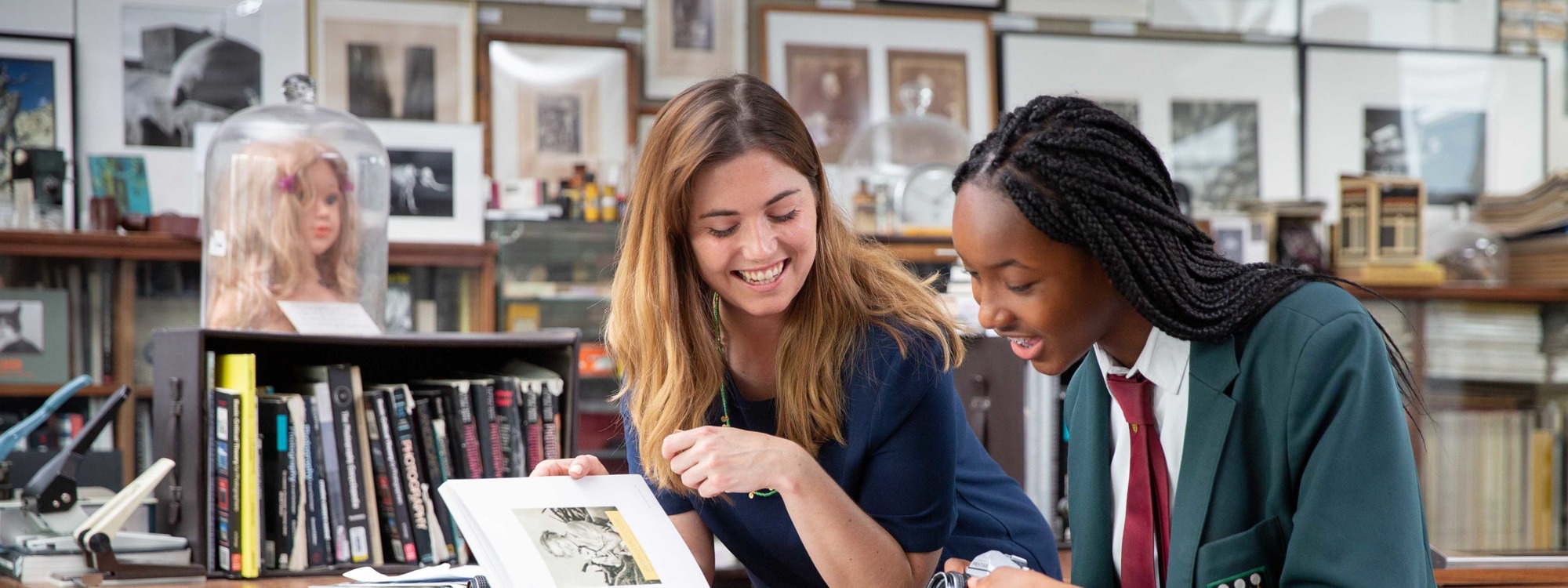- Home
- About Us
- School History
School History
Our story
Rickmansworth Grammar School (formally known as) was founded after the Second World War. At the time of construction, it was the fifth new grammar school to be built in the country since the war and was in part born out of a need for quality education in the area of Rickmansworth, due to an expanding local population.
The School was scheduled for completion in 1953. Running both over time and over budget the Scots Hill site did not open its doors until September 1954. For the 75 founding students who had already been awarded a place at Rickmansworth Grammar School this proved a problem. An interim solution was proposed and in September of 1953, students were collected by coach and sent to the nearby Clarendon School in Oxhey. At the start of the new academic year in 1954 those 75 founding students, along with the second intake of 135 students, officially entered the completed school in 1954.
Two years after the School opened its doors in 1954, Rickmansworth Grammar School was officially opened in June 1956 by the Rt. Hon. The Countess Mountbatten of Burma CI, GBE, DCVO.
School Motto and Crest
The full School crest included two supporting dragons (as above from the Clarendon School Badge). Indeed, a clay dragon used to hang near the doors to the student entrance until 2019.
The dacetty division of the shield is from the arms of the Fotherleys, Lords of the Manor of Rickmansworth in the 17th century. The three white roundels are from the arms of William Penn, the Quaker founder of Pennsylvania. The two stars are from the arms of Sir Thomas White, Lord Mayor of London in 1553 and a leading figure in the foundation of the Merchant Taylors' School. The flowers gentil refer to Dr. John Caius, the third founder of Gonville and Caius College, Cambridge, who granted the Manor of Croxley Green to the College, whose arms also include flowers gentil.
The crest refers to the Manor of the Moor, the wheatsheaf coming from the arms of the Lords Ebury and the blue lion's face from those of Cardinal Wolsey. The watercress refers to the district's distinctive agricultural industry. The motto NISI DOMINUS AEDIFICAVERIT - 'Unless the Lord build' - was fitting to the School and the area which at the time was being rebuilt and expanding after the Second World War. We suggest a take on the motto which is, 'without faith or trust you cannot build your future'.
The School crest actually was derived from the Rickmansworth Urban District Council who granted the new School to be built.



House System
The School was originally planned around four separate blocks and naturally this formed the basis of the house system which thrives still to this day. Although the names have changed, the rivalry has not. The house system remains an important part of Rickmansworth School. Old traditions have stood the test of time and whatever the competition, students still proudly identify themselves with their house; sporting rivalry amongst houses is unquestionable.
Original House System
Caius House, named after Dr. John Key (1510-1573). After studying Medicine at Cambridge University he was appointed Royal Physician to King Edward VI, Queen Mary Tudor and then Queen Elizabeth the First. In 1557 Queen Elizabeth the First rewarded him with the Manor of Croxley Hall and Parrott's Farm on Croxley Green. Caius House colour was green, and the adopted School area was the science block due to his medical background.
Carey House, named after Sir Robert Carey (1570 -1639) who served as a volunteer against the Spanish Armada. When Queen Elizabeth the First died he rode in 2 ½ days to Scotland and gave the Queens Ring to King James the Sixth of Scotland, who a few days later was proclaimed James the First of England. Sir Robert was made Earl of Monmouth and built Monmouth House, which still stands in Watford High Street. Carey House colour was blue and the adopted School area was the gymnasium and dining room block, formally known as the Peter Morrill Centre.
Penn House, named after William Penn (1644-1718). He lived in Basing House in Rickmansworth and was given a grant of land in 1681 in North America by King Charles the First in payment for money that the Kind had borrowed form Penn’s father. The land was named Pennsylvania. Penn House colour was yellow and the adopted school area was the assembly hall and administration block.
Anson House, named after Admiral Sir George Anson (1697–1762), who sailed round the world in pursuit of the Spanish Navy and captured lots of treasure from the Spanish and later bought the big house at Moor Park with the proceeds. Later he was made First Lord of the Admiralty and reconstituted the Royal Marines. Anson House Colour was red and the adopted School area the main classroom block.
Current House System
The current system is based on nearby Lakes which were all former gravel extractions pits in the 1940s. They are now part of a Local Nature Reserve which is home to 60 species of breeding birds and is the largest heronry in the county. This area is also known as the Rickmansworth Aquadrome.
|
Current House names |
colour |
|---|---|
|
Stockers |
Blue |
|
Inns |
Pink |
|
Bury |
Red |
|
Springwell |
Yellow |
| Students are presented with a house lapel badge during their first year at the School in a presentation ceremony. Teachers are also attached to houses and it has been suggested that they are probably more competitive than the students! | |




